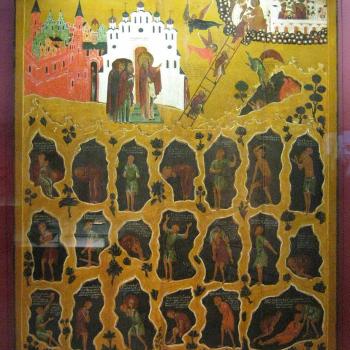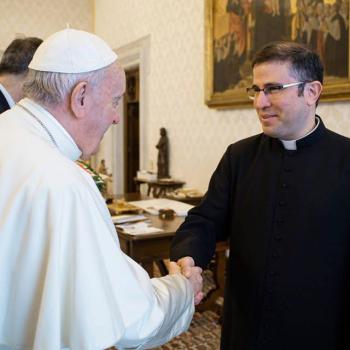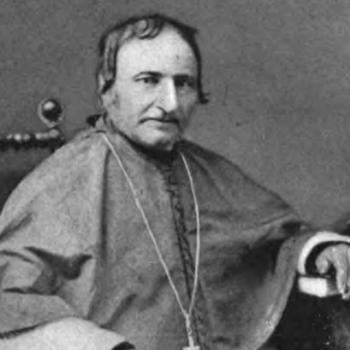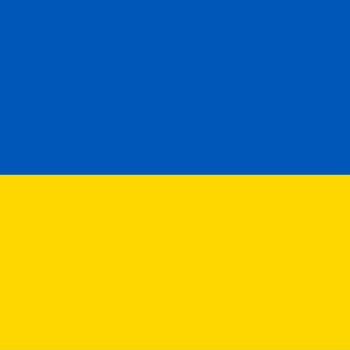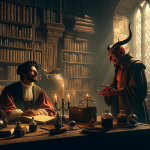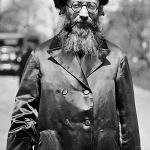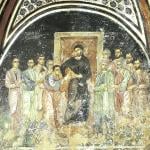In seminary I took a class on the Johannine Writings, that is, a class where we studied the books of the Bible written by Saint John: his Gospel, his three letters and the Book of Revelation. We spent almost two weeks analyzing the Gospel passage we just heard, the passage of the man born blind. After all the analysis and all the questions, problems and insights raised, the one issue that struck me the most is the following, “Why does Jesus make mud with his spit and make the man wash at the pool? Couldn’t have Jesus just said, ‘you are healed?’ Is Jesus not powerful enough that he had to use mud and water?” This is a fair question and a very important one.
Jesus chooses to use symbols in the healing of the man born blind. He didn’t have to use mud and water, but chose to. He uses symbols (mud and water) and a ritual action (washing) to heal the man. The mud and washing have a deep impact on the man. Each time he narrates what happened to him, he specifies the manner in which Jesus healed him: “The man called Jesus made clay and anointed my eyes and told me, ‘Go to Siloam and wash.’ So I went there and washed and was able to see.” “He put clay on my eyes, and I washed, and now I can see.”
The ritual dirtying and cleansing not only gave sight to the man, but left a mark in his soul tied to the healing experience. Jesus healed through the ritual and the ritual itself impacted the man. The symbols and rite did not obscure the power of Jesus, but rather made it more tangible and meaningful.
As Jesus chose to use these symbols and ritual to heal the man, Jesus chooses to be present among us through symbols and rites that truly manifest his presence among us. Jesus manifests himself in the Eucharist every time we celebrate the Eucharist Rite. The rites and symbols present in the Eucharist do not obscure his presence, but rather enhance it.
Jesus could physically show himself to us every Sunday if he wanted, in the same way he could have healed the blind man by just stating it. But in both cases, Jesus chooses to manifest himself through rich symbols to have a deeper, multi-layered effect on us.
Jesus dirtied the man’s eyes with mud representing the man’s blindness, and the water not only washed the mud away, but washed away his blindness. The mud and water are symbols of a deeper reality. His recovery of sight in turn is a symbol of a deeper reality still – his coming to see Christ as the Messiah, his coming to true faith in Christ.
In the Eucharist, bread and wine are signs of a deeper and greater reality – the true presence of Jesus Christ. They cease to be bread and wine to become Christ among us. Yet bread and wine do not lose their symbolic power – as regular bread and wine feed and strengthen us, through the Eucharist Jesus literally feeds us and sustains us with his grace and presence.
Jesus chose this specific rite at the Last Supper to be the way through which he would make himself present among all future disciples.
Some pose the question to us – why do Catholics use all these rites and symbols? Why can’t we just be straight forward and direct, getting rid of the rituals, the artwork, the symbols…
First of all, we use rites and symbols because Jesus used rites and symbols and instructed us to do so. Secondly because symbols portray a rich multi-layered spectrum of meaning that often direct explanations cannot convey. A viewing of Michelangelo’s Last Judgment in the Sistine Chapel evokes in us a deep and multi-layered response of faith that an intelligent theological discussion on the last judgment cannot achieve.
The purpose of rites and symbols is to better help us unite with God. This is what happened to the man born blind, and this is what can happen to use here today at the Eucharist. May Jesus Christ open our eyes to see the light of his true presence in ordinary bread and wine and may his presence transform us as it did the man born blind.






